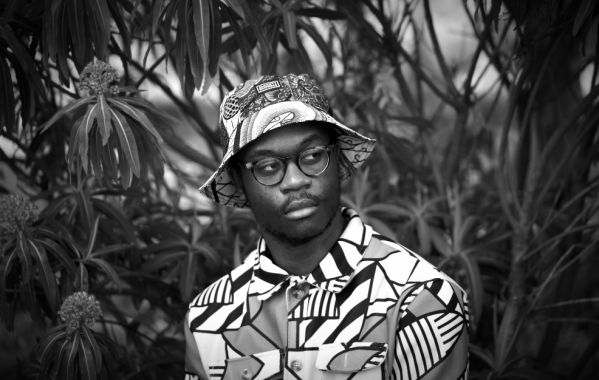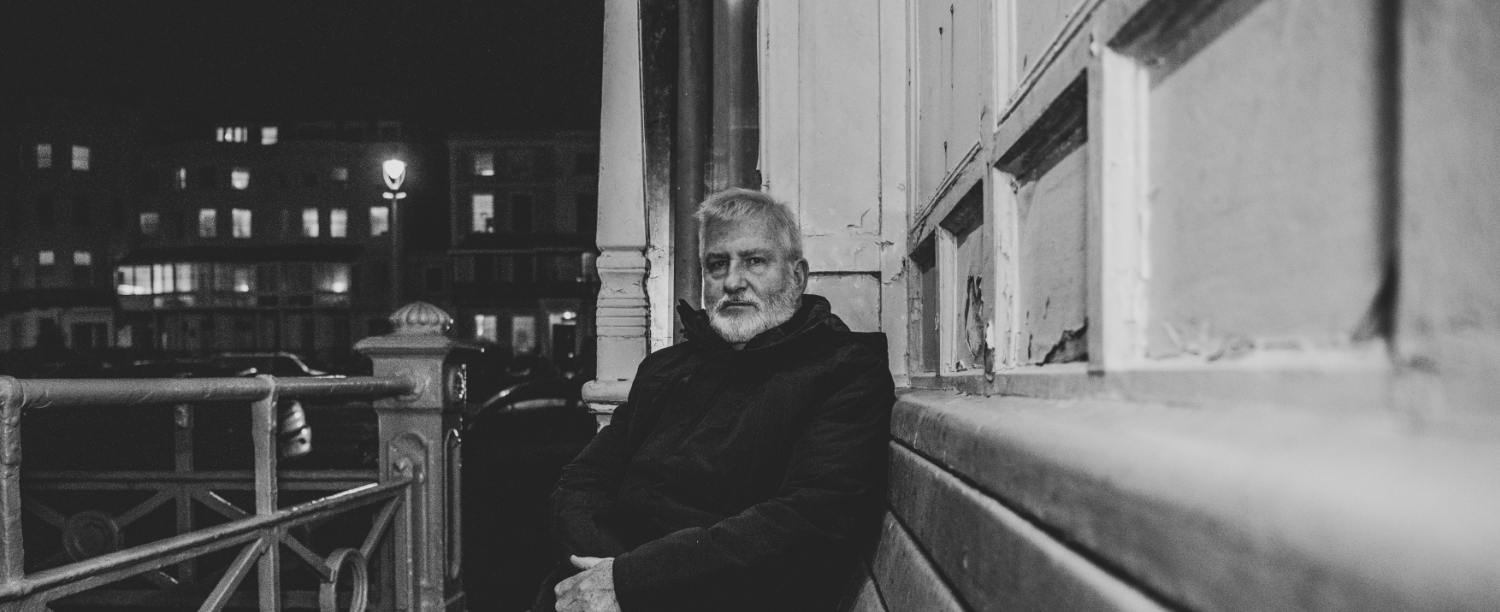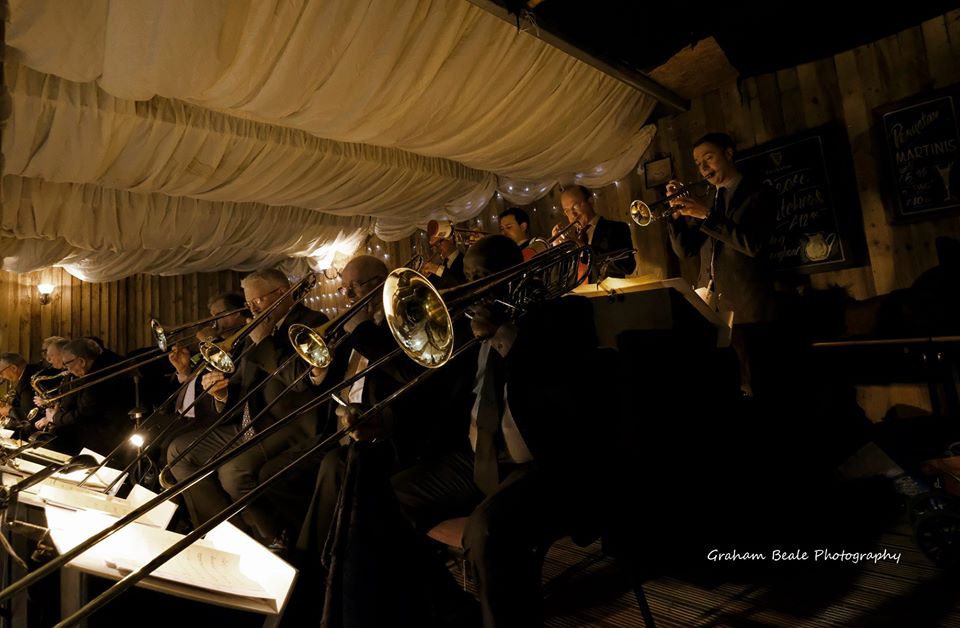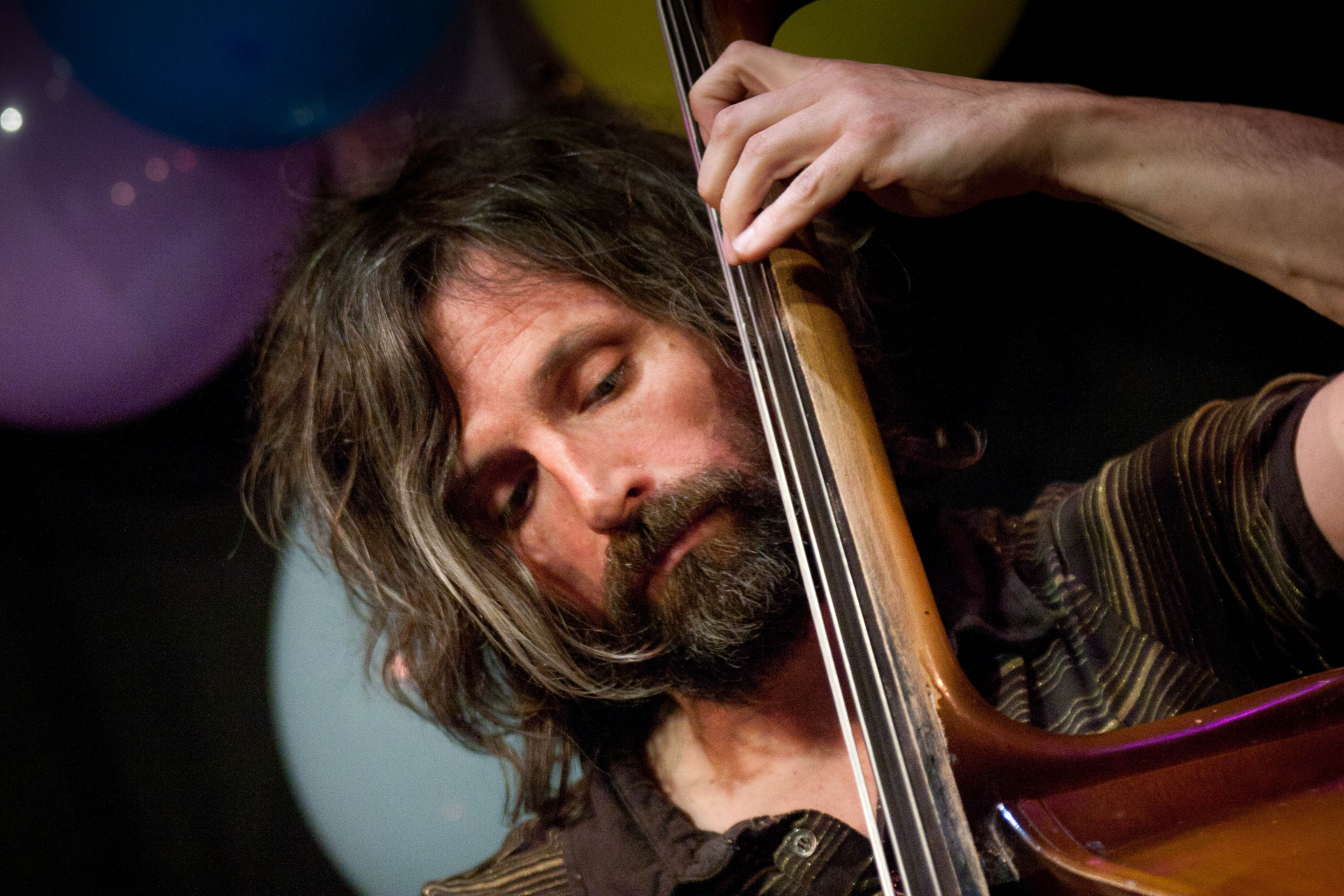The Column: Jasmine Sharif – Laurie Anderson
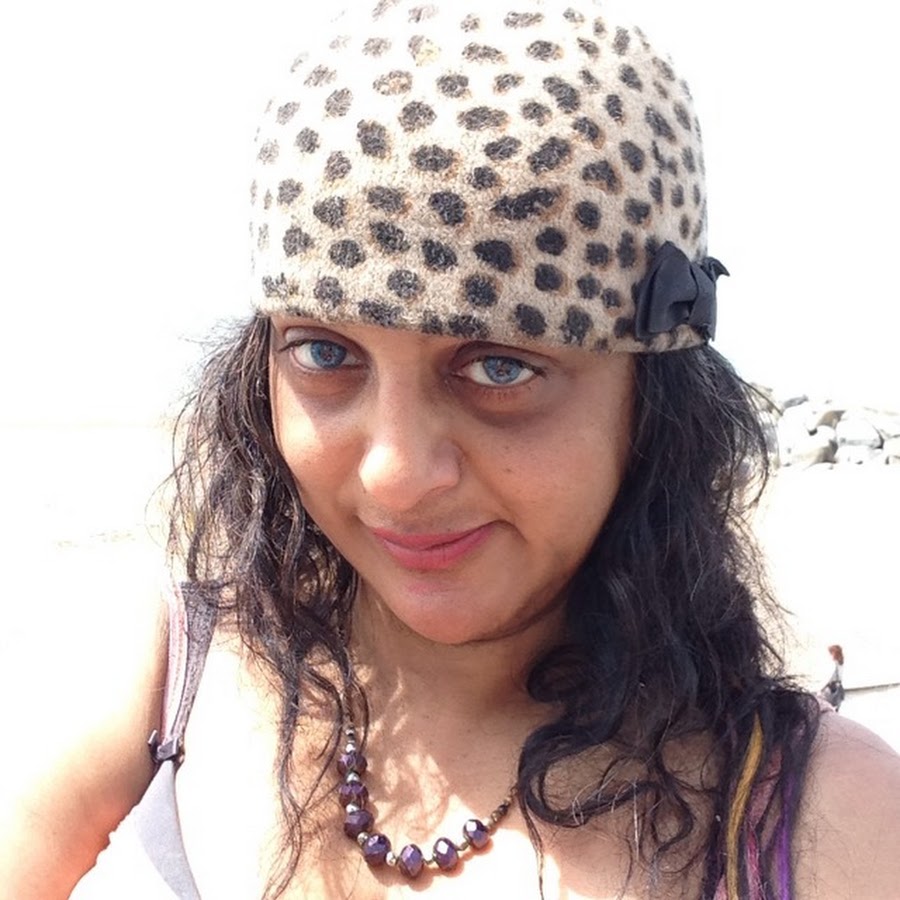
Picture one elfin-faced woman, dressed in black, with a crop of spiky hair and a mischievous grin, on stage with a violin, talking in her soft American accent about dogs. Then picture one of the largest, most vibrant and innovative arts festivals in Europe. Add to that ice-cream, fish and chips, deckchairs and a pier. What do they all have in common?
Some call her "the godmother of the avant-garde". Some list her past achievements: multi-instrumentalist, performance artist, composer, poet, singer; plucked from the 1970s New York Loft avant-garde scene and signed to Warner Brothers, her 1981 single "O Superman" was a surprise worldwide hit. It influenced the likes of Peter Gabriel, Kate Bush and countless popular music and visual artists. She continues to release albums to the present day. Some may cite the importance of her marriage to and recording work with the late rock musician Lou Reed. She is known for her public human rights campaigning, alongside other arts pioneers such as modern classical composer Phillip Glass, against President Obama's "right to detain indefinitely" ruling, made law in 2013.
However, hot on the heels of a major live performance at Madison Square Garden, May 2016 sees Laurie Anderson coming to Brighton as Guest Director of the Festival. In so doing, she fuses her own highly original spark, with the experimental, the off-the-wall, the downright kooky, the quirky and the sheer creativity so characteristic of the city. This year, thanks to her, the celebration of the off-the-wall perspective, takes centre stage.
So what does she have to do with jazz?
Firstly, any art form draws its lifeblood from thinking out of the box. Jazz is no exception to this. Every so often a sharp injection of the wild and wacky, not to mention the drawing of inspiration from the world around us, the environment and from the socio-political context of our lives, can be very much needed. As Lester Young said " You gotta do it your way. Or it ain't music!” For example, I perform Bellydance, often with live Middle Eastern musicians, and I also write poetry and short stories. In this way, I can draw elements from different visual media, and different art forms, into my jazz vocal performances, which I have done as part of the Brighton Fringe 2015 and also at Brighton Museum and Art Gallery.
Secondly, the influences of experimental music, to 20th century performance art and rock visionaries such as Lou Reed, Nico, John Cage and Yoko Ono, and contemporary performance poets such as Kate Tempest, are bound to make themselves felt at some point in the development of the music when seen from a wider arts perspective. This can be from many different perspectives, say multi-genre or multicultural. Musically, the avant-garde and jazz have improvisation and a willingness to experiment as part of their intrinsic nature.
The work of ethereal, post-feminist Laurie Anderson may seem a far cry from the influence of savvy jazz mentor Lester Young. Yet the New York avant-garde scene from which she comes and the jazz world, have often collided and coincided in their respective histories.
The 1970s "loft jazz" scene saw the New York-based film-maker Robert Palmer documenting both genres of music in the clubs and live jam sessions often illegally taking place in the city's disused industrial lofts. Avant-garde and jazz cognoscenti were united in their following of John Coltrane, Pharaoh Sanders and Sun Ra.
Resident of the lower Manhattan loft scene in the early 1970s, Anderson has a background in visual art, and moved from sculpture into music, beginning with a 12-hour-long audio-visual experience, "The Life and Times of Joseph Stalin", in 1973 at the Brooklyn Academy of Music. Her first album releases, "Big Science"(1982) and "Mister Heartbreak" tended towards the abstract and contemporary, while "Heart of the Brave" (1986) delved into more traditional songwriting territory, co-produced by disco king Nile Rodgers. Anderson was signed to Warners on the strength of "O Superman", with its arresting "Ah-ah-ah-ah" vocal line. As an artist, she seemed unique in perceiving the world – a desk, a plant, the relations between people – with a way of expressing it with breathtaking simplicity and intelligence. Anderson was also one of the first females in pop music to embrace technology as an integral part of her act. She invented her famous tape bow at this time, where a tape loop is bowed across a violin with cassette heads instead of strings.
By the 1990s, as if freed by establishing her artistic freedom, she was becoming more overtly political, working with the Women's Action Coalition and with child abuse survivors. She was beginning to link the personal with the political. In the early 1990s, she met Lou Reed and collaborated on several albums with him including "The Raven" and "Ecstasy", and on her own album "Bright Red".
Signing to Warner label Nonesuch in 2001, spawned the release of a further clutch of albums, and her musical, visual and spoken word work from this period won her the position of Artist-in-Residence based at NASA, the first of its kind, bringing the arts and outer space together.
With this background, we can fast forward to 2016. With new performance art film "All The Animals" under her belt from 2015, which I loved when I saw it at Brighton Dome last year, she brings a new film and show "Heart of a Dog" to the Brighton Festival. This, in common with her other film work on animals, focuses on canine individuality and quirks, much like those of human beings. It is also about relationships, love and loss.
For this year's Festival, Anderson's own events include the UK premier concert of Music for Dogs; a new performance monologue written specially for the Festival, called Slideshow; and a freewheeling walk through sonic spaces with fellow musician-composers, pianist Nick Bartsch and the Norwegian guitarist Eivind Aarset. In addition, there is "Lou Reed Drones", an installation of her late husband's guitars and amps, which, as she says, is as near to his music as we are likely to get.
She reminds me of iconic leaders willing to shock and cause progressive change, like David Bowie, Peter Gabriel and Phillip Glass in their respective pushing of boundaries. She has also influenced much of modern jazz/electronica, with its use of different kinds of visual media which you can often see at festivals such as LJF or Love Supreme. Her innovation and generosity specialise in marrying the highly visual with the aurally interesting and blending it with the emotions of the human heart.
Prepare to be surprised!
Jasmine Sharif
[Eddie Myer is on tour]
